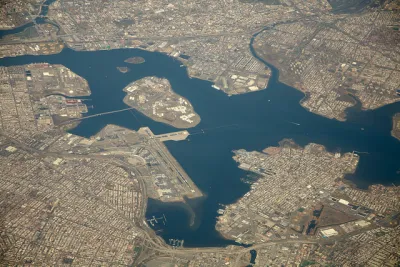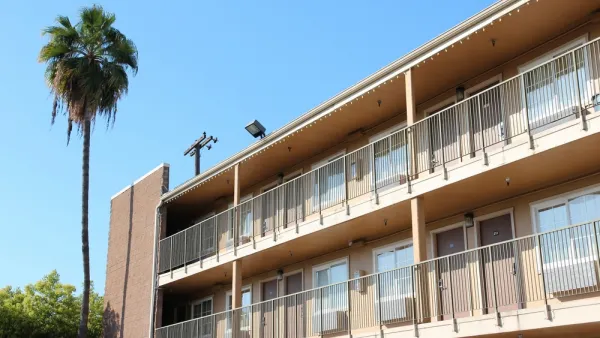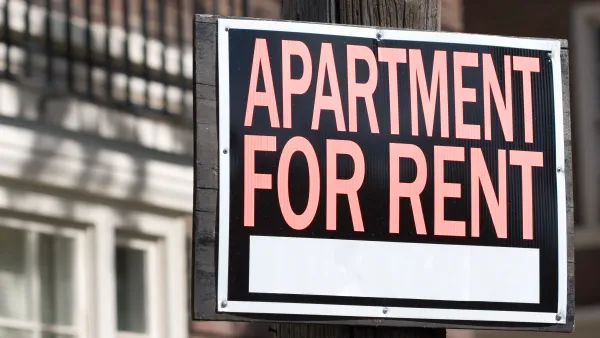Where do the street trees come from, and where does the compost go? Rikers Island was New York City's growing outpost for years. But does “greening” the jail always improve things for prisoners?

Removal is the basic condition of imprisonment, separating inmates from homes and families. But as Jeanne Haffner unearths below, while people on Rikers Island are held apart from their communities, the fruits of their labor are present throughout New York City’s landscape and economy. Historically, Rikers has served as an environmental laboratory and an agricultural outpost, managing the city’s waste and generating its greenery. The work is practical, but it can also be restorative. For centuries, reformers have held that work in “natural” environments can help rehabilitate those who serve time. Today, solar panels and house-grown food save money for jail and prison administrators nationwide, while preparing inmates to enter “the green economy.” But for many of those sent outside the greenhouse, working in nature is taking ever more dangerous forms, from cleaning up oil spills to fighting wildfires. As prisoners clean and create the landscape, what do their efforts sustain?
FULL STORY: The Happy Prison

National Parks Layoffs Will Cause Communities to Lose Billions
Thousands of essential park workers were laid off this week, just before the busy spring break season.

Retro-silient?: America’s First “Eco-burb,” The Woodlands Turns 50
A master-planned community north of Houston offers lessons on green infrastructure and resilient design, but falls short of its founder’s lofty affordability and walkability goals.

Delivering for America Plan Will Downgrade Mail Service in at Least 49.5 Percent of Zip Codes
Republican and Democrat lawmakers criticize the plan for its disproportionate negative impact on rural communities.

Test News Post 1
This is a summary

Test News Headline 46
Test for the image on the front page.

Balancing Bombs and Butterflies: How the National Guard Protects a Rare Species
The National Guard at Fort Indiantown Gap uses GIS technology and land management strategies to balance military training with conservation efforts, ensuring the survival of the rare eastern regal fritillary butterfly.
Urban Design for Planners 1: Software Tools
This six-course series explores essential urban design concepts using open source software and equips planners with the tools they need to participate fully in the urban design process.
Planning for Universal Design
Learn the tools for implementing Universal Design in planning regulations.
EMC Planning Group, Inc.
Planetizen
Planetizen
Mpact (formerly Rail~Volution)
Great Falls Development Authority, Inc.
HUDs Office of Policy Development and Research
NYU Wagner Graduate School of Public Service





























